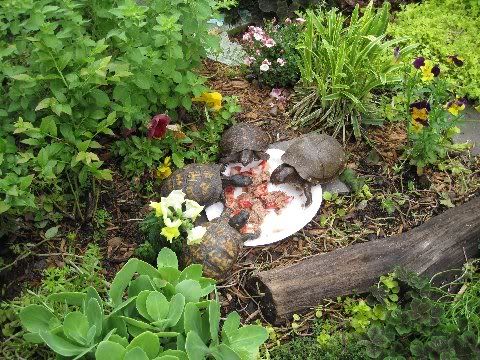I just found what looks to be a "Longhorned Wood Boring Beetle" flying around the light at night. So I caught it thinking it would be a good morsel for the box turtle. I haven't fed it to him yet. Would it be safe to feed it to the box turtle? The thing bites hard when you pick it up and has a hard shell and long antenae. I know boxies can eat beetles so what about this one? Thanks.
Article:
http://www.everythingabout.net/arti...arthropods/insects/beetles/longhorned_beetle/
Article:
http://www.everythingabout.net/arti...arthropods/insects/beetles/longhorned_beetle/
